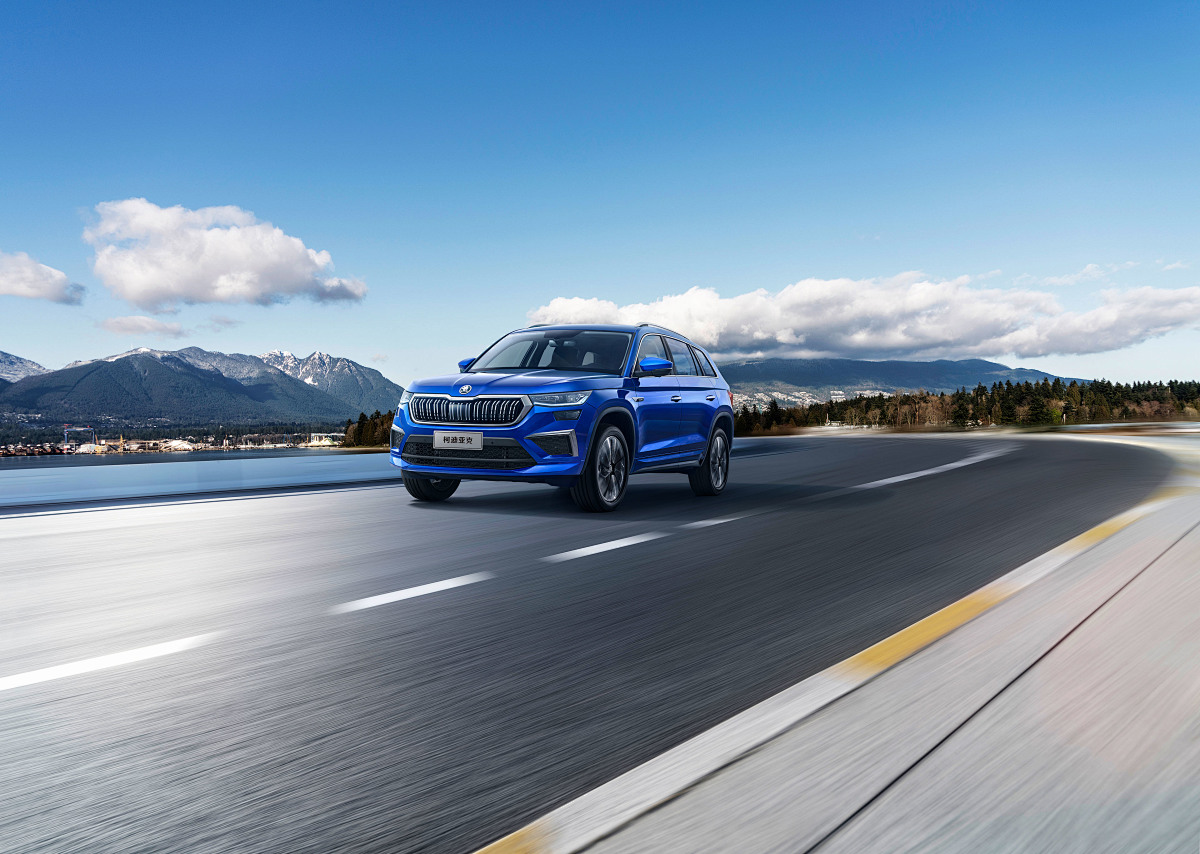1. Core Differences Between Gas and New Energy Vehicles
| Comparison Aspect | Gas Car (ICE) | BEV | HEV | PHEV |
|---|---|---|---|---|
| Power Source | Gasoline/Diesel | Battery + Motor | Hybrid (No Plug-in) | Hybrid (Plug-in) |
| Range | 500–1,000 km | 300–700 km | 800–1,200 km | 50–150 km (EV) + Gas |
| Refueling/Charging | 5 min (Gas) | 30 min (Fast Charge, 30–80%) | Gas (No Plug) | Gas + Charging |
| Purchase Cost | Low | High (Battery Cost) | Medium | Higher |
| Operating Cost | High (Fuel + Maintenance) | Low (Electricity + Less Maintenance) | Medium | Medium (EV Mode for Commuting) |
| Policy Support | None (License Plate Restrictions) | Tax-Free + Subsidies + Green Plates | Partial Green Plates | Tax-Free + Green Plates (If EV Range Meets Standards) |
2. Detailed Analysis: BEV vs. HEV vs. PHEV
2.1 Battery Electric Vehicle (BEV)
Representative Models: Tesla Model 3, BYD Seal, NIO ET5
Pros:
Zero emissions, eco-friendly, no fuel costs.
Instant torque (e.g., Model 3 Performance: 0–100 km/h in 3.3s).
Low maintenance (no oil/spark plug changes).
Policy perks: No purchase tax, no driving restrictions, free green plates (e.g., Shanghai/Beijing).
Cons:Range anxiety: Cold weather reduces range by 20–30%, long trips depend on charging stations.
Charging time: Fast charging still takes 30–40 min (vs. 5 min for gas).
Battery degradation: Capacity loss over time (typically 8–15 years before replacement).
Best For:Urban commuters with home charging.
Tech-savvy buyers prioritizing low running costs.
2.2 Hybrid Electric Vehicle (HEV, Non-Plug-In)
Representative Models: Toyota Camry Hybrid, Honda Accord Hybrid
Pros:
Ultra-low fuel consumption (4–5L/100km vs. 7–10L for gas cars).
No charging needed—just refuel. Ideal for users without charging access.
Long battery life (shallow cycles, e.g., Toyota’s THS lasts 10+ years).
Cons:No green plates (in some Chinese cities, HEVs aren’t classified as NEVs).
Weak EV mode (1–2 km range).
Best For:Frequent long-distance drivers who want fuel efficiency without charging.
Conservative buyers trusting proven hybrid tech.
2.3 Plug-In Hybrid (PHEV)
Representative Models: BYD DM-i, Li Auto L-Series, BMW 5 Series PHEV
Pros:
EV mode for short trips, gas for long hauls (50–150 km EV range, 1,000+ km total).
Green plates + tax exemptions (policy-friendly in China).
Strong performance (dual power: e.g., BYD Han DM-p: 0–100 km/h in 3.7s).
Cons:High fuel use when battery is empty (e.g., Li ONE: 8–10L/100km).
Higher upfront cost (¥30K–50K more than gas equivalents).
Best For:Daily EV commuting + occasional long trips.
Buyers needing green plates but wary of pure EV range limits.
3. Same-Class Model Comparison (Midsize Sedan Example)
| Model | Powertrain | 0–100 km/h | Fuel/Energy Use | Trunk Space (L) | Infotainment |
|---|---|---|---|---|---|
| Toyota Camry | Gas/HEV | 8.5s (Gas) | 6.0L/100km (HEV) | 524 | Basic |
| Tesla Model 3 | BEV | 6.1s (RWD) | 13 kWh/100km | 425 (Frunk + Trunk) | Full Self-Driving |
| BYD Han DM-i | PHEV | 7.9s | 1.2L/100km (5.3L匮电) | 470 | DiLink OS |
Key Takeaways:
Space: Gas/HEVs typically have larger trunks (no battery intrusion).
Performance: BEVs accelerate fastest, PHEVs next, gas cars slowest.
Tech: EV startups (Tesla/NIO) lead; legacy automakers lag.
4. Buying Recommendations
BEV: Ideal for urban drivers with home charging.
HEV: Best for no-charging access + fuel savings.
PHEV: Balances green plates + long-distance flexibility.
Gas Cars: Budget-friendly for frequent highway/remote travel.
Future Trends:
BEVs will dominate as charging infrastructure improves.
PHEVs remain a transitional solution.
Gas cars will persist but lose market share.
Final Tip: Test-drive your top choices to compare real-world performance!





